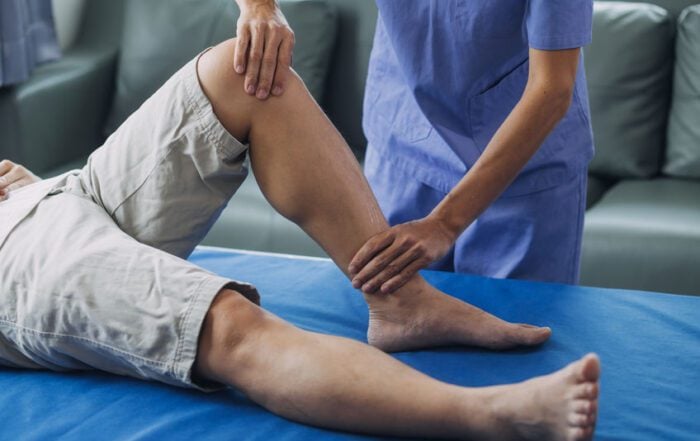Returning To Sports After Arthroscopy
Rotator cuff tendinitis is a common condition when the tendons in the rotator cuff become inflamed. The injury is often caused by repetitive overhead motions, such as those performed in baseball or tennis. Some patients may require shoulder arthroscopy after unsuccessfully attempting to treat rotator cuff tendinitis conservatively. The surgery uses minimally invasive techniques to correct the shoulder impingement, resulting in a shorter recovery and quicker return to physical activity. However, returning to sports too soon can increase the risk of reinjury or worsen the injury, so patience is required.

The stages of recovery
After surgery, the first stage is the immediate recovery, which lasts for the first few days. Patients may experience shoulder pain, swelling, and stiffness. Pain management is crucial during this period, and doctors may prescribe pain medication or temperature therapy to reduce pain and swelling. The second recovery stage involves rehabilitation, typically initiated a few days after surgery. The rehabilitation process includes physical therapy (PT) exercises to help restore the range of motion (ROM) and strength to the shoulder. PT may involve passive, active, and resistance exercises to strengthen the shoulder muscles. The third and final stage of recovery involves returning to normal activities. This stage typically begins several weeks after surgery, and patients may gradually resume normal daily activities as shoulder ROM and pain improve.
Back on the court
Once an individual has gone through the stages of recovery and is ready to return to physical activity, sports can slowly be incorporated back into the routine. During this time, patients must work closely with the doctor and physical therapist to determine how and when to return to sports. Rushing the recovery process can increase the risk of reinjury or lead to chronic pain and weakness. Patients should also take steps to prevent future injuries, such as warming up before physical activity, using proper techniques when performing sports-specific activities, and taking regular breaks to rest and stretch.
Speeding up recovery
There are several techniques that patients can use to speed up recovery and return to sports sooner. An important factor is proper nutrition, as a healthy diet can give the body the nutrients required to heal faster. Patients should eat a balanced diet with plenty of fruits, vegetables, lean proteins, and whole grains. Consistent physical therapy is also essential to the recovery process and can help improve the shoulder's ROM and strength. Patients should work closely with a physical therapist to develop a customized exercise program that addresses all needs and goals.
Ready to play again?
Recovery from shoulder arthroscopy and rotator cuff tendinitis can be a lengthy process. Still, patients can return to normal activities and sports safely by following a carefully planned rehabilitation program and taking steps to prevent reinjury. Proper nutrition, PT, pain management, and exercise are critical for recovery. If experiencing shoulder pain or discomfort, talk to a doctor about whether shoulder arthroscopy or other treatment options may be worth pursuing.
Recent Posts
What To Do About Hip Pain: Is It Time To See An Orthopedic Surgeon About Labral Repair?
Hip pain should not be overlooked, as the issue could be a labral tear. Symptoms like pain and instability require an orthopedic surgeon’s assessment.
ACL Repair: Will You Have Range Of Motion With Your Knee After Recovery & Physical Therapy?
After an ACL injury, ROM can be negatively affected. ACL repair surgery helps restore function, but physical therapy is essential to ROM.
Arthroscopy: What Are The Benefits Of This Minimally Invasive Outpatient Orthopedic Procedure?
Arthroscopy can help diagnose or treat joint conditions. Benefits of the MIS include faster recovery, less pain, and fewer scars.
Posterior Interbody Lumbar Fusion: What Are The Benefits Of PLIF For People With Back Pain?
People with chronic back pain may benefit from posterior interbody lumbar fusion surgery. PLIF can reduce pain and improve stability.








